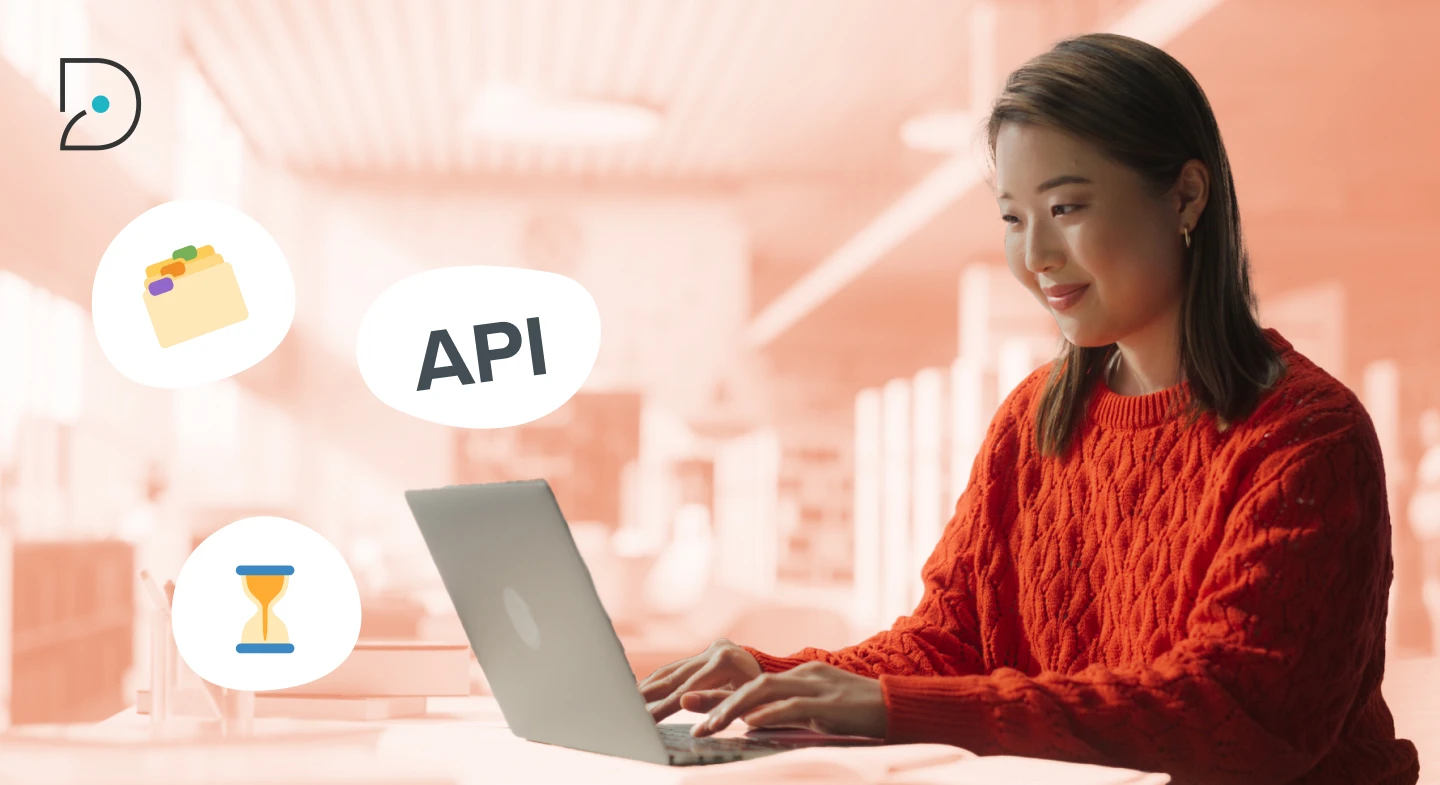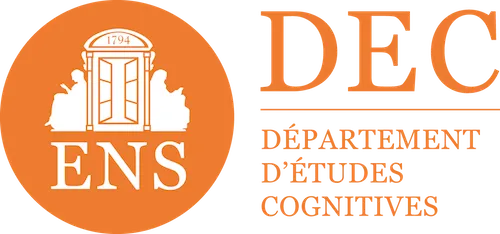

cmi5: what is this new e-learning standard?
The multiplication of e-learning standards is hampering the educational innovation of organizations. SCORM remains frozen in its technical limitations, xAPI offers too much freedom to guarantee interoperability. cmi5 is emerging as the pragmatic solution that combines the best of both worlds.
This modern standard provides training teams with advanced learning tracking, unprecedented technical flexibility and the sustainability necessary to protect their investments. Let's discover how cmi5 is concretely transforming the management of your digital training courses.
What is cmi5? Definition and operation
cmi5, the xAPI profile designed for traditional LMS
cmi5 is not a competitor of xAPI but one profile that structures its use In the LMS. If xAPI is the universal language of learning, cmi5 is the grammar for structured training platforms.
Technically, cmi5 = xApi + LMS interoperability rules. This specification defines how to launch content, authenticate learners, and track learner progress in a standardized manner. It fills the gaps in xAPI for integration into traditional learning management systems.
The cmi5 project started in 2010 within the AICC (Aviation Industry Computer-Based Training Committee). The ADL (Advanced Distributed Learning Initiative) took over the project in 2014 and published the first official version in 2016. This collaboration aims to create a successor to SCORM.
The cmi5 architecture is based on three key components. Assignable Units (AU) are the content components that can be launched and traced by the LMS. The Learning Record Store (LRS) becomes mandatory to store training data in xAPI format. The cmi5.xml file replaces the SCORM manifest by describing the course structure and its metadata.
This structure allows LMSs to launch hosted content anywhere. The LRS centralizes learning traces in a standardized format that can be used by all systems. All of this guarantees interoperability while maintaining the wealth of xAPI data.
cmi5 vs SCORM vs xAPI: the comparison chart
SCORM maintains broad adoption thanks to decades of existing content. Its limitations are becoming problematic: pop-up windows blocked by browsers, tracking limited to a few basic data, impossibility of tracking learning outside the LMS. The ADL is no longer actively maintaining this specification.
xAPI offers total freedom to track any type of learning, everywhere. This excessive flexibility creates an interoperability problem: each organization develops its own xAPI “dialect”. Content is no longer easily exchanged between platforms without adaptation work.
cmi5 inherits SCORM's proven structure for packaging and launching content. It simultaneously exploits the wealth of xAPI data for advanced tracking. This combination ensures interoperability between LMS while capturing contextualized and actionable learning data.
What are the benefits of cmi5 for your organization?
Enriched learning tracking
cmi5 captures data that cannot be obtained with SCORM. The complete context of the learner is automatically recorded: device used, multiple attempts with detailed progress, real time versus estimated time. This information feeds directly into your strategies for Learning analytics.
Let's take a commercial training combining online modules and Situations. cmi5 makes it possible to correlate the performance of theoretical tests with the success of practical simulations. Training managers visualize complete courses in a unified interface, identify bottlenecks, and adjust content in real time.
Technical flexibility and mobile learning
Distributed content is a major advantage of cmi5. The modules can be hosted on CDNs, external servers, or cloud solutions. You no longer massively import packages into your LMS, simplifying technical management and reducing infrastructure costs.
Multi-device compatibility works natively without browser dependency. Learners start their journey on desktop, continue on mobile, and finish on tablet. Offline synchronization stores the training data locally and then transmits it to the LRS as soon as the connection returns.
This enriched data allows adaptive learning platforms to finely personalize courses. The analysis of the real performance of each learner makes it possible to automatically adapt the difficulty, pace and content offered. This advanced customization requires the wealth of data that only xAPI and cmi5 can provide.
Adoption and implementation of cmi5
Adoption status in 2025
The adoption of cmi5 has been progressing at an accelerated pace since 2020. The US Department of Defense (DoD) is playing a leading role in promoting cmi5 as the official successor to SCORM. This institutional impetus encourages publishers to integrate the standard into their product roadmaps.
The main author tools now support cmi5. Articulate Storyline 360, iSpring Suite, and Lectora allow native export in cmi5 format. LMS platforms are gradually adapting, with varying maturity depending on the publisher. The trend shows a sustained growth in interest in cmi5 in the face of SCORM's stagnation.
How do I choose between SCORM, xAPI, and cmi5?
Stay on SCORM if: you have a massive library of functional SCORM content, your tracking needs remain basic (completion, score, time), your technical infrastructure cannot evolve in the short term or the migration budget is not available.
Choose xAPI pure if: you mainly track informal and distributed learning, you are building a learning ecosystem outside of a traditional LMS, you have strong technical skills internally or you create a completely tailor-made learning experience.
Opt for cmi5 if: you are modernizing your formal training infrastructure, you want to benefit from xAPI without excessive complexity, your LMS and your authoring tools already support cmi5, you anticipate advanced learning analytics needs or you want to maintain your investments over 5 to 10 years.
Check the compatibility of your LMS
Your LMS must meet several criteria to really support cmi5. Importing cmi5.xml packages is the basic requirement, beyond simple SCORM support. An integrated LRS or the possibility of connecting to an external LRS is essential for storing xAPI data.
Secure launch management with token authentication guarantees the security of exchanges. The support of the “MoveOn” mechanism and advanced completion criteria makes it possible to create sophisticated adaptive paths. Finally, reports should take full advantage of rich xAPI data, not just replicate traditional SCORM tables.
Conclusion
cmi5 is not an “other” competing standard but the logical convergence between LMS structure and the wealth of training data. This specification provides organizations with the stability they need for their formal paths and the flexibility required for educational innovations.
Start by auditing the cmi5 compatibility of your current technology stack. Identify quick wins: new strategic modules, multi-device training, courses requiring advanced tracking. In 3 to 5 years, cmi5 will become the de facto standard for formal digital training, as SCORM has been for 15 years.
Do you want to modernize your digital training strategy? Didask supports you in the transformation of your learning paths thanks to educational AI and cognitive science.
Make an appointment directly with our eLearning experts for a demo or simply more information.












